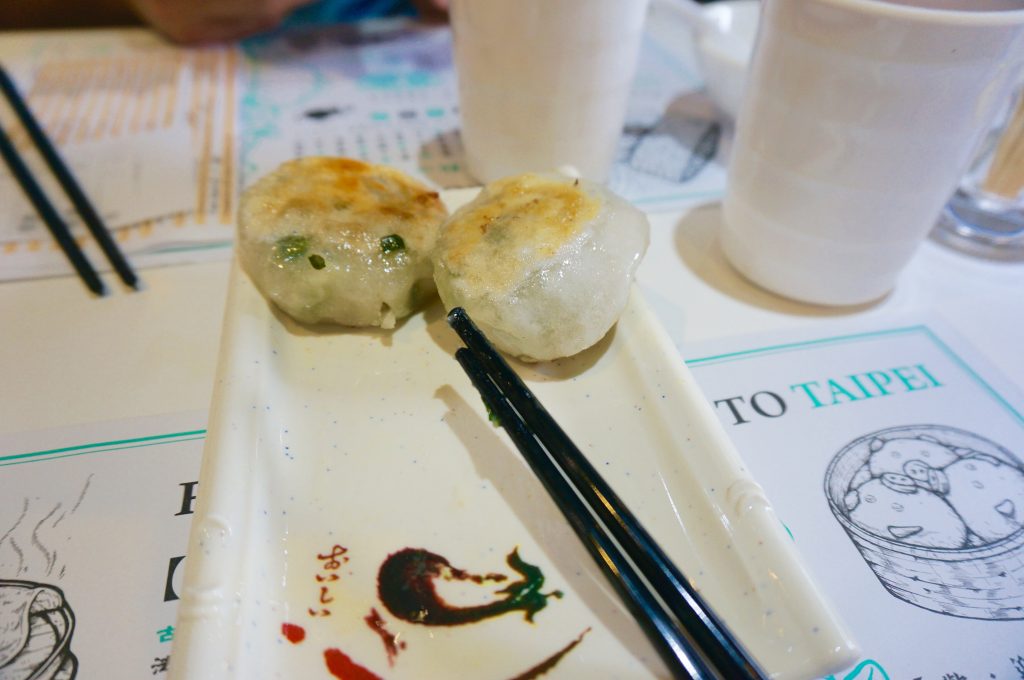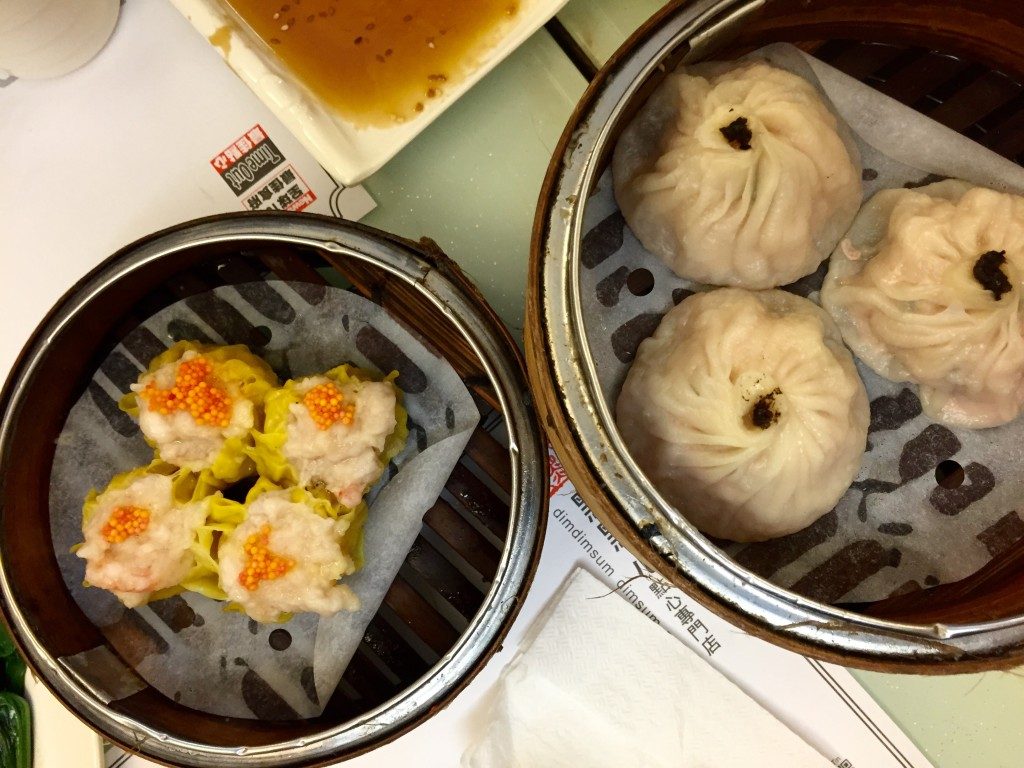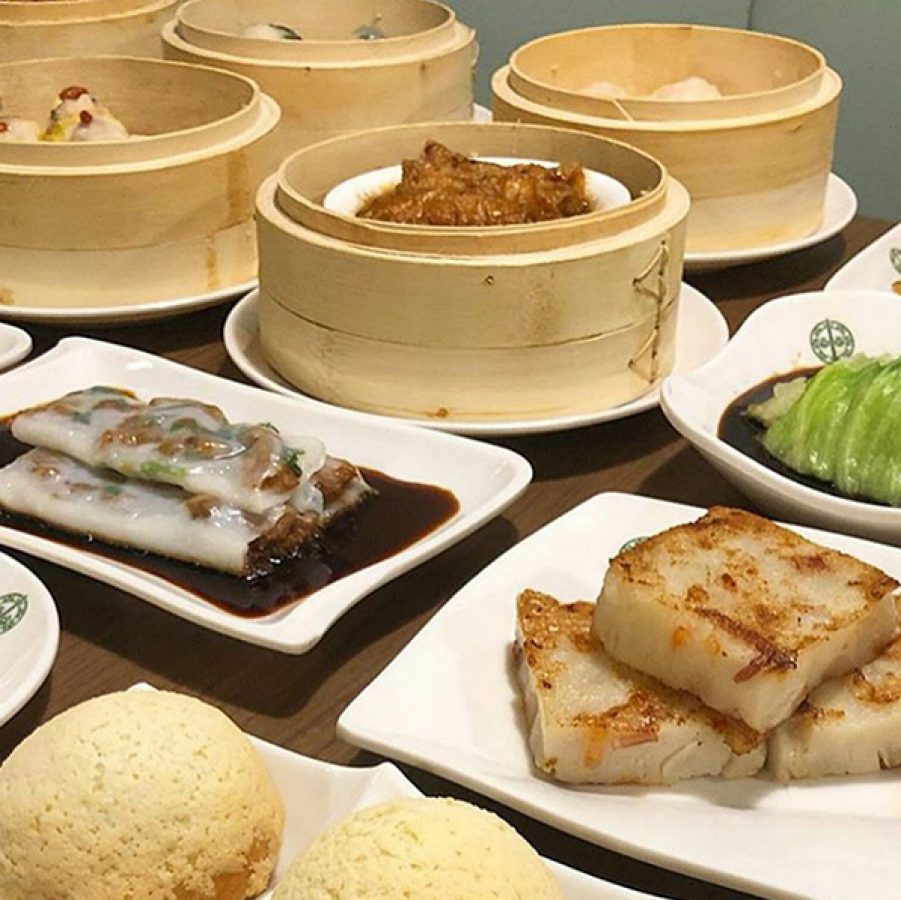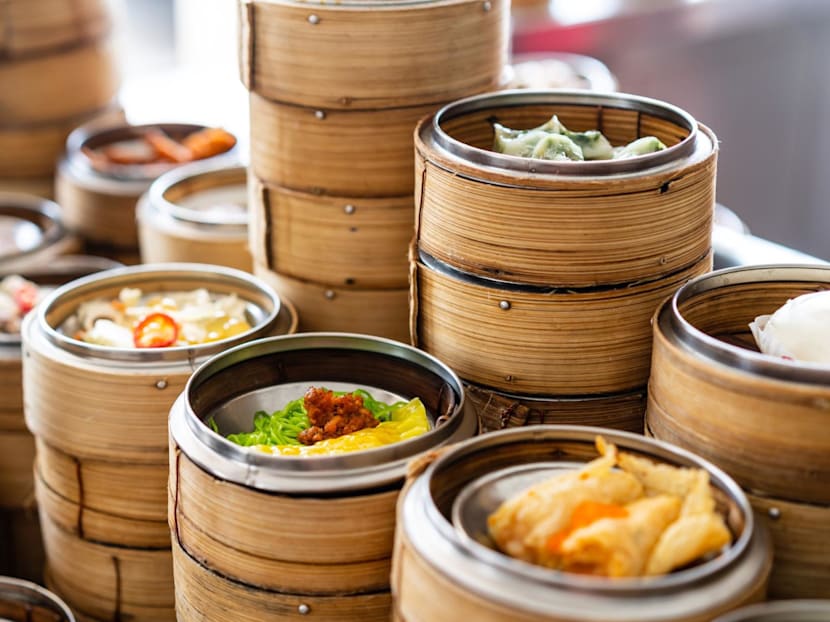Savoring Hong Kong Dim Sum in Bustling Tsim Sha Tsui Teahouses

Imagine the symphony of clattering porcelain, the aromatic steam rising from bamboo baskets, and the lively chatter of locals sharing stories over steaming siu mai and har gow. Welcome to the world of Hong Kong Dim Sum, a culinary ritual that’s as much about connection as it is about flavor. As a gateway to China’s vibrant food scene, Hong Kong’s dim sum tradition offers travelers an authentic taste of Cantonese hospitality. Here at jusha.travel, we love sharing tips to make your China journey unforgettable, and Tsim Sha Tsui’s teahouses are a perfect starting point for Hong Kong culinary experiences. Whether you’re a first-time visitor or a seasoned explorer, this Hong Kong travel guide will help you navigate the bustling streets of Tsim Sha Tsui, uncover Hong Kong famous foods, and savor the joy of yum cha like a local.
The Origins and Evolution of Dim Sum: From Humble Snacks to Cultural Icon

Dim sum, meaning “touch the heart” in Cantonese, originated as simple snacks served with tea in southern China’s teahouses along ancient trade routes like the Silk Road. According to Bao Dim Sum’s historical insights, these bites were designed for weary travelers in Guangdong province, evolving during the Ming and Qing dynasties into a symbol of communal hospitality. The practice of yum cha—literally “drink tea”—became a social staple, where families and friends gathered to bond over small plates.
In postwar Hong Kong, dim sum transformed into a bustling affair with rolling carts laden with fresh dumplings, a tradition still cherished today. This evolution reflects broader Hong Kong culinary experiences, blending tradition with innovation. For those planning a Hong Kong travel guide itinerary, understanding this history adds depth to your visit. Fun fact: Dim sum’s seasonality once featured wild greens in spring and hearty meats in winter, showcasing China’s harmony with nature.
As you explore Tsim Sha Tsui, remember that dim sum isn’t just food—it’s a thread in the fabric of Cantonese culture. For more on regional variations, check out our post on Tasting Guangzhou Dim Sum in Bustling Teahouses.
Tsim Sha Tsui: The Heart of Hong Kong’s Dim Sum Scene

Tsim Sha Tsui (TST), perched on the Kowloon Peninsula, pulses with energy as one of Hong Kong’s premier districts for shopping, views, and yes, exceptional dim sum. As detailed in A Foodie World, TST’s central location draws a mix of locals and tourists, creating a multicultural hub for Dim Sum Tsim Sha Tsui experiences. Its historical teahouses echo the golden age of Cantonese dining, while modern spots infuse global twists.
This area’s accessibility—via the MTR or Star Ferry—makes it ideal for Hong Kong travel tips: Arrive early to beat crowds, and pair your meal with a harbor view. TST embodies Hong Kong famous foods, from classic siu mai to innovative vegan options, offering variety for every palate. Dive deeper into Kowloon’s heritage with our article on Discovering Hong Kong Kowloon Walled City Park’s Historical Charm.
- Pro Tip: Visit on weekends for the full family vibe, but book ahead for peak times.
- Cultural Insight: TST’s teahouses often host multi-generational gatherings, reflecting China’s emphasis on family bonds.
The Classic Hong Kong Dim Sum Experience: Etiquette and Essentials

Stepping into a TST teahouse feels like entering a time warp: servers zip by with steaming carts, offering bite-sized wonders like har gow (translucent shrimp dumplings) and char siu bao (BBQ pork buns). As Discover Hong Kong explains, the “Heavenly Four”—siu mai, har gow, char siu bao, and dan taat (egg tarts)—are must-tries for any Hong Kong travel guide.
Etiquette is key: Pour tea for others first as a sign of respect, and tap the table with two fingers to say thanks—a gesture rooted in legend. Communal tables encourage mingling, adding to the social charm of Hong Kong culinary experiences. Opt for carts if available, as in spots like Lin Heung, for that authentic spectacle. For related adventures, see our guide to Experiencing Hong Kong Dim Sum Culture in Local Eateries.
- Start light with steamed items like cheong fun (rice noodle rolls).
- Build to savory with spareribs or turnip cake.
- End sweet with mango pudding for balance.
These rituals make dim sum more than a meal—it’s a performance of Cantonese life.
Notable Teahouses in Tsim Sha Tsui: From Tradition to Innovation

TST boasts gems like Lin Heung Tea House (est. 1927), where carts still roll and old-world charm reigns, as noted in Something Curated. For a historic vibe, Luk Yu offers exquisite decor and premium dishes. Modern twists shine at Veggie Kingdom, with vegan sui mai using tofu mock meats, perfect for inclusive Hong Kong famous foods.
China Tang revives nighttime yum cha in a glamorous hotel setting, blending luxury with tradition. These spots highlight Dim Sum Tsim Sha Tsui‘s diversity, from fusion like avocado dumplings to classics. For more seafood pairings, explore Exploring Hong Kong Sai Kung Seafood Restaurants for Coastal Dining.
- Lin Heung: Traditional carts, no-frills authenticity.
- Veggie Kingdom: Plant-based innovations for health-conscious diners.
- China Tang: Evening sessions with skyline views.
Practical Hong Kong Travel Tips for Your Dim Sum Adventure

To maximize your Hong Kong travel tips, head to TST early (8-10 AM) to snag a table amid weekend queues, per Discover Hong Kong. Use the Octopus card for seamless transit, and vary teas like pu-erh to complement greasy bites. Share dishes family-style, embracing the communal spirit.
For non-Cantonese speakers, apps like Pleco help with menus. Budget HK$100-200 per person for a satisfying spread. Tie in cultural sites like the Avenue of Stars for a full day. Enhance your trip with Uncovering Hong Kong Tai Po for Markets and Natural Beauty.
Remember, dim sum etiquette fosters respect—small gestures build big connections in this dynamic city.
Embracing the Joy of Dim Sum in Hong Kong

Savoring Hong Kong Dim Sum in Tsim Sha Tsui’s teahouses is more than dining—it’s immersing in a living tradition that captures Hong Kong’s soul. From historic origins to modern fusions, these experiences offer insights into Hong Kong culinary experiences that linger long after the last bite. As your Hong Kong travel guide, we’ve covered the essentials, but the real magic unfolds in the details: the steam, the shares, the stories.
At jusha.travel, we’re passionate about guiding you through China’s wonders. Whether planning your next adventure or reflecting on this one, share your dim sum tales in the comments below! Dive into more with our Experiencing Hong Kong Lunar New Year Celebrations and Culture or explore related articles for endless inspiration. What’s your favorite dim sum spot? Let us know!
(Word count: 1125)

